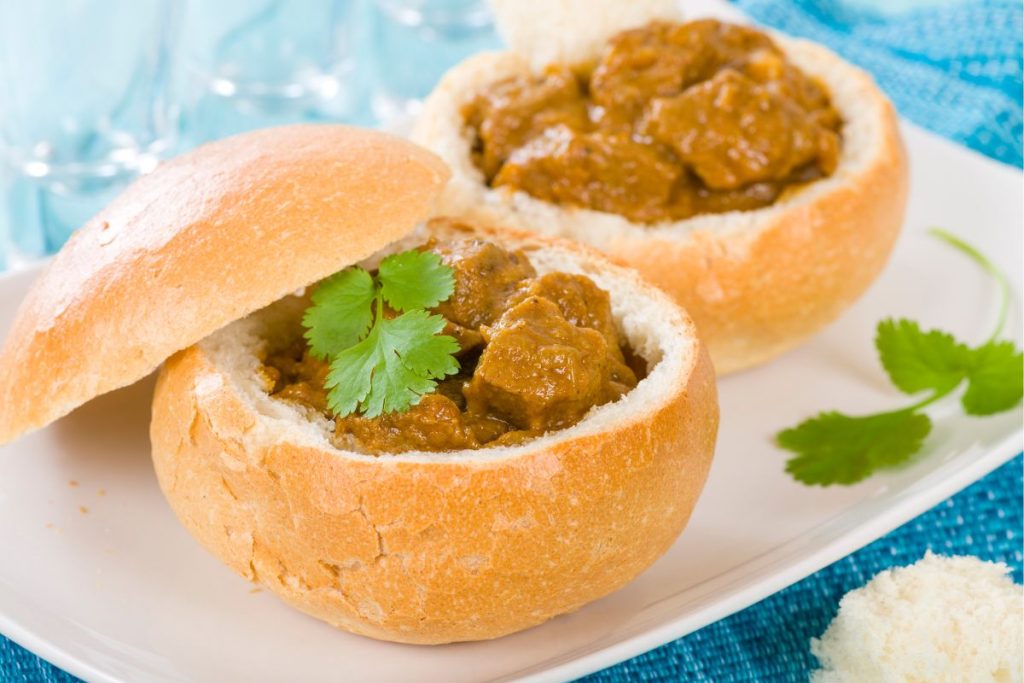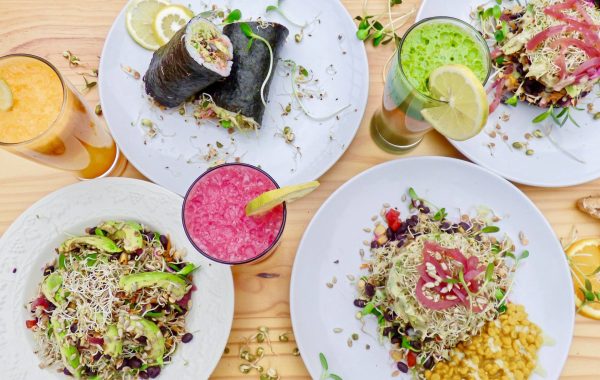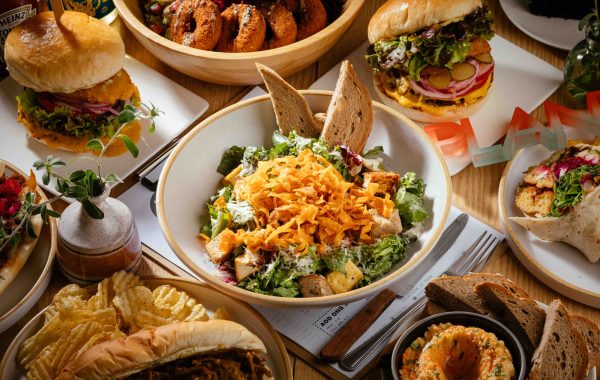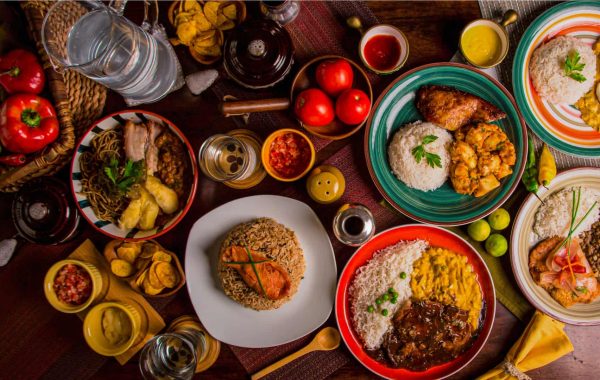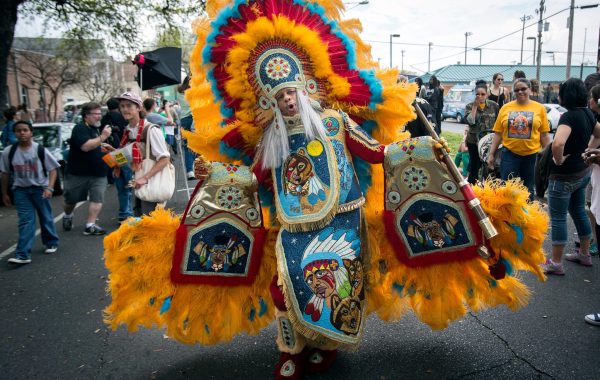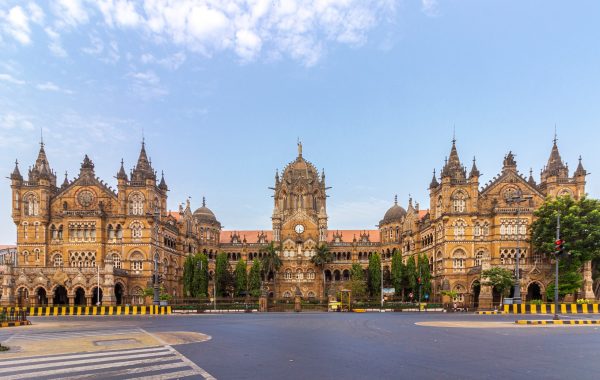The love affair between Indians and curry is undeniable, and when Indians first arrived in South Africa over 150 years ago, they brought their culinary heritage along. Many came seeking new opportunities, while others arrived as laborers to work on sugarcane plantations. Life on the plantations was tough, and the racial segregation of apartheid only deepened the challenges. Since people of color were not permitted in white-owned establishments, Indian laborers often had to improvise with quick, portable meals during long workdays. Out of this need for a filling, traditional meal on the go, a culinary innovation was born.
In the mid-1940s, the story goes, a resourceful Indian vendor in Durban introduced the concept of serving curry in a hollowed-out quarter loaf of bread. The result was a hearty, easy-to-eat meal that workers could carry back to the fields and enjoy at their convenience. According to local lore, the inventor was a member of the bania caste, a term for merchants and traders, and the Zulu locals eventually dubbed this creation “bunny chow.” What began as a practical lunch option has since evolved into a cherished Durban classic, now affectionately referred to simply as a “bunny.”

Today, bunny chow is far from just a quick street food; it’s a beloved dish that defines Durban’s culinary scene. While the traditional version features vegetarian curries made with lentils or beans, modern versions come with various fillings, including spicy chicken or mutton. What remains consistent is the intense flavor profile. Each “bunny” is packed with a fiery curry that bursts with spices, making it a satisfying treat for locals and visitors alike. For many, a cold drink is essential to temper the heat – a beer often proves to be an ideal choice.
The bunny chow experience is as much about the method of eating as it is about the flavors. Served in a hollowed-out quarter loaf of bread, the curry is accompanied by a few bread pieces on the side to start the meal. From there, diners tear off sections of the bread “bowl” itself, soaking up every bit of the savory curry. While forks and spoons are sometimes provided, purists argue that eating with one’s hands is part of the fun and tradition.
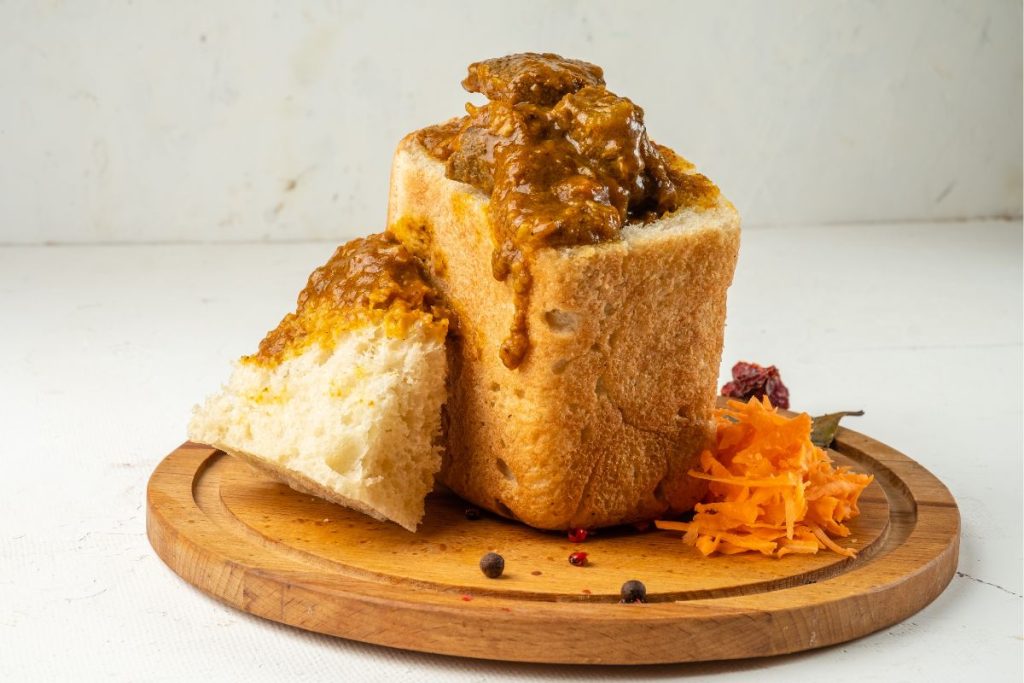
In Durban, bunny chow has moved well beyond its humble beginnings to become a staple on menus everywhere – from casual beachfront shacks to casinos and upscale hotels. While establishments across the city serve their own versions, locals often point to the Britannia Hotel on Umgeni Road as one of the best spots for a classic bunny chow experience. Over the years, the hotel’s modest, unassuming appearance has become a testament to the authentic flavors served within its walls. Many Durbanites and visitors alike follow a simple rule when hunting for the best bunny chow: if a place looks a bit rough around the edges and has an Indian name, chances are the curry will be exceptional.
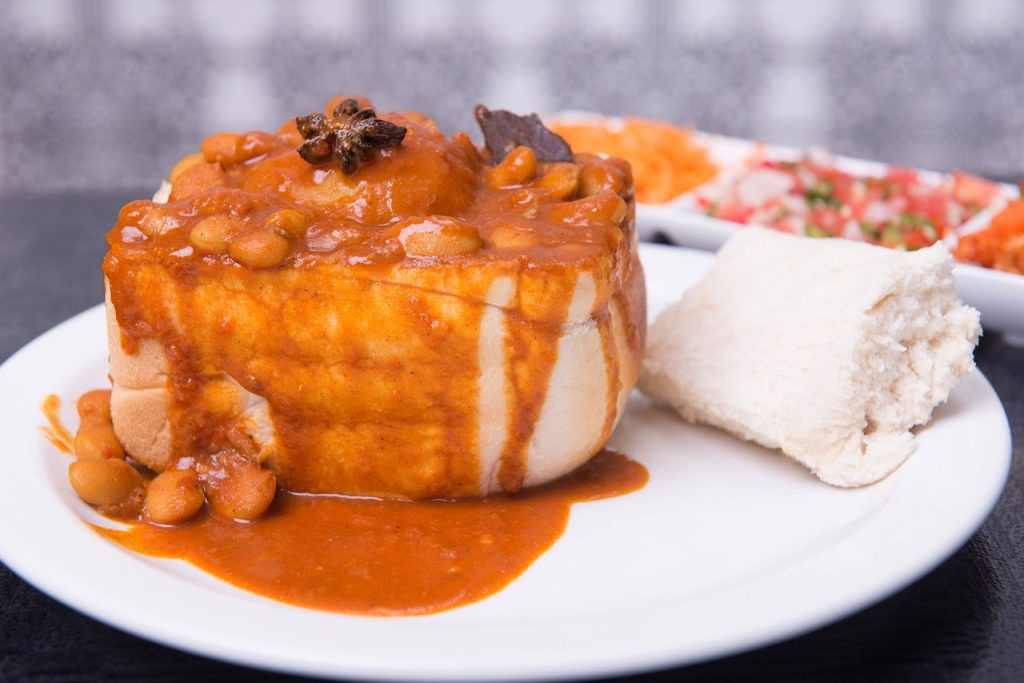
Bunny chow is more than just a meal; it’s a culinary symbol of resilience, creativity, and cultural fusion. A product of necessity during a difficult time, it has grown into a beloved dish that tells a story of South Africa’s Indian community and their enduring culinary traditions.
For latest travel news and updates, food and drink journeys, restaurant features, and more, like us on Facebook or follow us on Instagram. Read more on Travel and Food Network
Book Your Travel Packages


